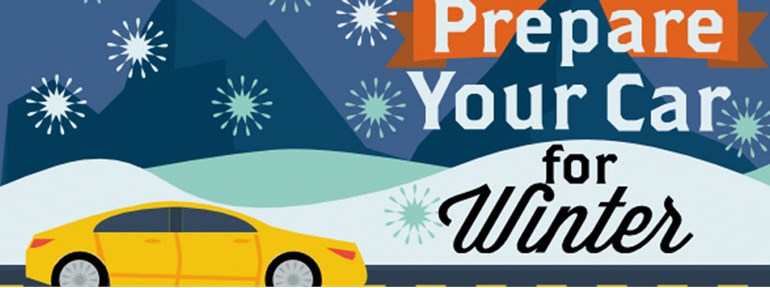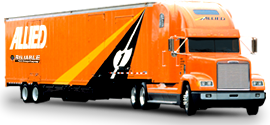
transportation business, we know firsthand the dangers associated with driving in the winter season and the importance of preparing your vehicle for these conditions. Here's how to winterize your vehicle:
To properly winterize your automobile, have your mechanic check the following items:
- Ignition
- Fuel System
-Belts
-Fluid levels
-Brakes
-Exhaust system
-Wiper blades and washer fluid
-Tire tread and pressure
-Defroster
-Proper grade oil
-Battery
-Cooling system
-Lights
-Antifreeze
Always keep your gas tank as full as possible throughout the trip, even if you are only driving a short distance. Stop at a gas station before the tank begins to run low. Keeping your tank as full as possible will minimize condensation, providing the maximum advantage in case of trouble.
Clear all windows and lights of frost and snow. Drive with your headlights on.
Winter Car Supplies
Stock your vehicle with basic winter driving equipment: a scraper, brush, small shovel, jumper cables, tow chain and a bag of sand for tire traction.
Driving Long Distance
Be sure to have supplies that will assist you in case of an emergency, such as booster cables, a flashlight, and new batteries. Also include road flares or reflectors and a piece of bright cloth.
Pack extra clothing like caps, mittens, a blanket, and heavy boots in case you need to walk for help.
Pack high calorie, non perishable food like candy and nuts.
Remember, reliable transportation is most important during the winter season. Not only should you keep your vehicle in top operating condition all year round, it is imperative to get it winterized about one month before the winter season strikes.
Subscribe to Reliable Van And Storage's Blog










Comments